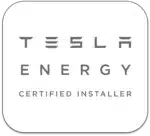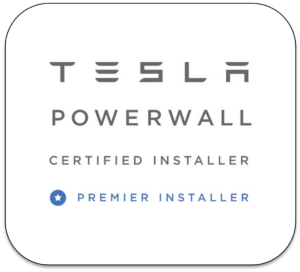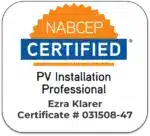Indiana’s Changes to Net Metering Are As Bad As They Get
Big changes are here to net metering for Indiana. These changes all stem from a law passed in 2017, SEA 309. This law allows larger utilities, called investor owned utilities (IOUs), to end net metering after June 30, 2022. Also, they can apply to end net metering once the amount of net metered capacity reaches 1.5% of the utility’s current generation. In fact, this has already happened with CenterPoint (previously Vectren).
After net metering, the structure and compensation rates for solar produced by homeowners and businesses that install solar systems that feed into the utility grid will be minuscule. The excerpt below is from SUN (Solar United Neighbors) article, The State of Net Metering In Indiana.
“SEA 309 replaces net metering with a bad deal for solar owners. It establishes a new, lower rate for the energy solar owners generate, but don’t use themselves. The new rate is called “excess distributed generation” (EDG). It is based on the average marginal price of electricity paid by the utility during the most recent calendar year, plus 25%. In the CenterPoint case, this means lowering the value solar owners earn from electricity they send back to the grid from the current retail rate of around 15 cents per kilowatt-hour (kWh) to just 2.772 cents per kWh.”
Image = Cents per kilowatt hour value comparison for CenterPoint Energy (formerly Vectren) between what is paid by and what will be credited to solar owners when new net metering rates go into effect July 1, 2022.
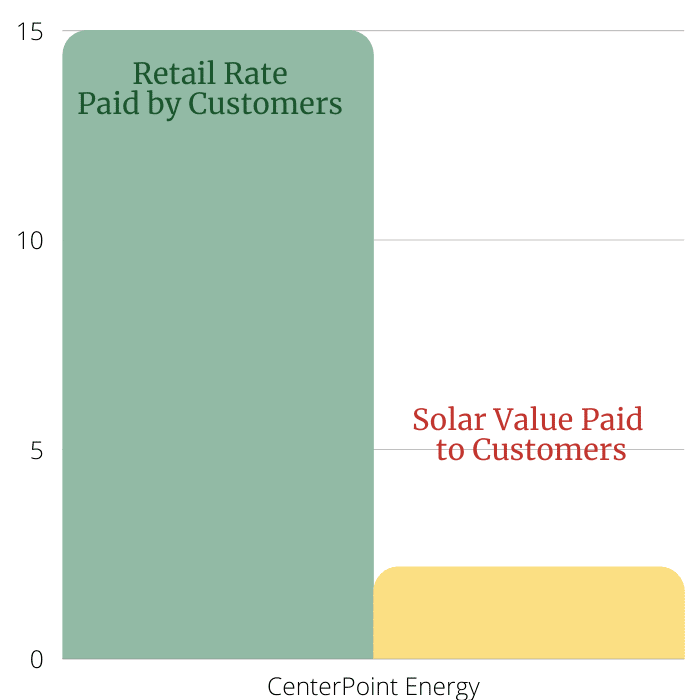
Instantaneous Netting Is Incredibly Bad for Solar Owners
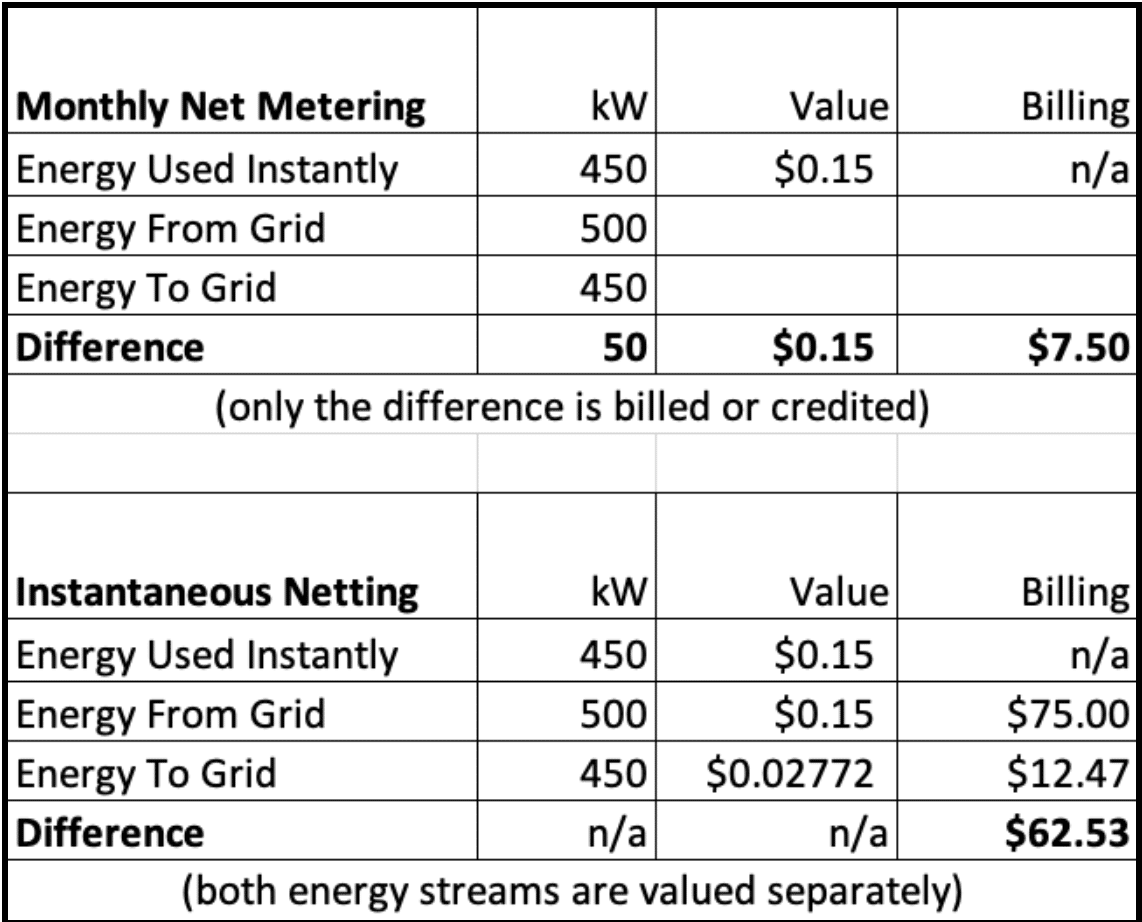
What makes SEA 309 so devastating is what is called ‘instantaneous netting.’ Instantaneous netting is different than net metering in that, instead of tallying the net energy consumption at the end of a billing period, instantaneous netting separates the power entering and leaving the home and values each stream differently. Retail rate energy is sent to the home by the utility. Any excess solar production from the home is immediately valued at pennies on the dollar. The homeowner has no meaningful insight to these power flows from utility equipment or billing and must, instead, install their own more complex metering equipment. This policy is rarely enacted in other states and is meant to isolate the homeowner from the utility grid, instead encouraging them to act as an independent island. See the example to the left.
In the chart above, the monthly net metering example uses an equal value for energy pulled and pushed to the grid. Instantaneous netting example uses the CenterPoint Power EDG rate.
Under the instantaneous netting scenario, a battery becomes a ‘must have’ instead of a ‘like to have’. Sizing systems correctly will also be critical.
To maintain net metering legacy rights a solar system must be installed and energized before July 1, 2022 (in areas like Centerpointe territory where utilities claim to have already reached 1.5% of generation capacity, it is already too late). With this deadline looming, solar installers are going to be busy.
Options with No or Unfavorable Net Metering Situation
In situations where net metering doesn’t exist or is very unfavorable, like above, you have two options as far as solar is concerned.
- First, design the solar system at a size that won’t feed power back into the grid. In this scenario, the system is sized smaller than the least energy use day of the home to keep the chances of sending power out into the grid very low.
- Second, install a backup battery. A battery, like Tesla Powerwall, can be set to maximize self consumption. This means you produce power during the day and use it at night or on cloudy days. Learn more about Tesla Powerwall here.


